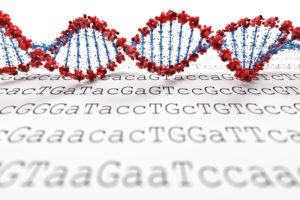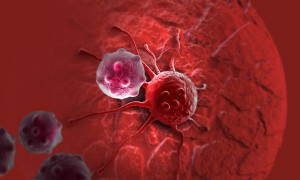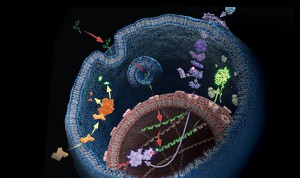At the American Association for Cancer Research meeting in April 2016, then Vice President of the United States, Joe Biden, revealed the Cancer Moonshot℠ initiative— a program with the goals of accelerating scientific discovery in cancer research, fostering greater collaboration among researchers, and improving the sharing of data (1,2). The Cancer Moonshot is part of the 21st Century Cures Act, which earmarked $1.8 billion for cancer-related initiatives over 7 years. The National Cancer Institute (NCI) and the Cancer Moonshot program have supported over 70 programs and consortia, and more than 250 research projects. According to the NCI, the initiative from 2017 to 2021 resulted in over 2,000 publications, 49 clinical trials and more than 30 patent filings. Additionally, the launch of trials.cancer.gov has made information about all cancer research trials accessible to anyone who needs it (3).
“We will build a future where the word ‘cancer’ loses its power.”
First Lady, Dr. Jill Biden
In February 2022, the Biden White House announced a plan to “supercharge the Cancer Moonshot as an essential effort of the Biden-Harris administration” (4). Biden noted in his address that, in the 25 years following the Nixon administration’s enactment of the National Cancer Act in 1971, significant strides were made in understanding cancer. It is now recognized not as a single disease, but as a collection comprising over 200 distinct diseases. This period also saw the development of new therapies and enhancements in diagnosis. However, despite a reduction in the cancer death rate by more than 25% over the past 25 years, cancer continues to be the second leading cause of death in the United States [4].

The Cancer Moonshot is a holistic attempt to improve access to information, support and patient experiences, while fostering the development of new therapeutics and research approaches to studying cancer. In this article, we will focus on research, diagnostics and drug discovery developments.
Solving for Undruggable Targets
KRAS , a member of the RAS family, has long been described as “undruggable” in large part because it is a small protein with a smooth surface that does not present many places for small molecule drugs to bind. The KRAS protein acts like an off/on switch depending upon whether it has GDP or GTP bound. KRAS mutations are associated with many cancers including colorectal cancer (CRC), non-small cell lung cancer (NSCLC), and pancreatic ductal adenocarcinoma (PDAC). The G12 position in the protein is the most commonly mutated; G12C accounts for 13% of the mutations at this site, and is the predominant substitution found in NSCLC, while G12D is prevalent in PDAC (5).
Continue reading “Cancer Moonshot: Solving Tough Problems”



